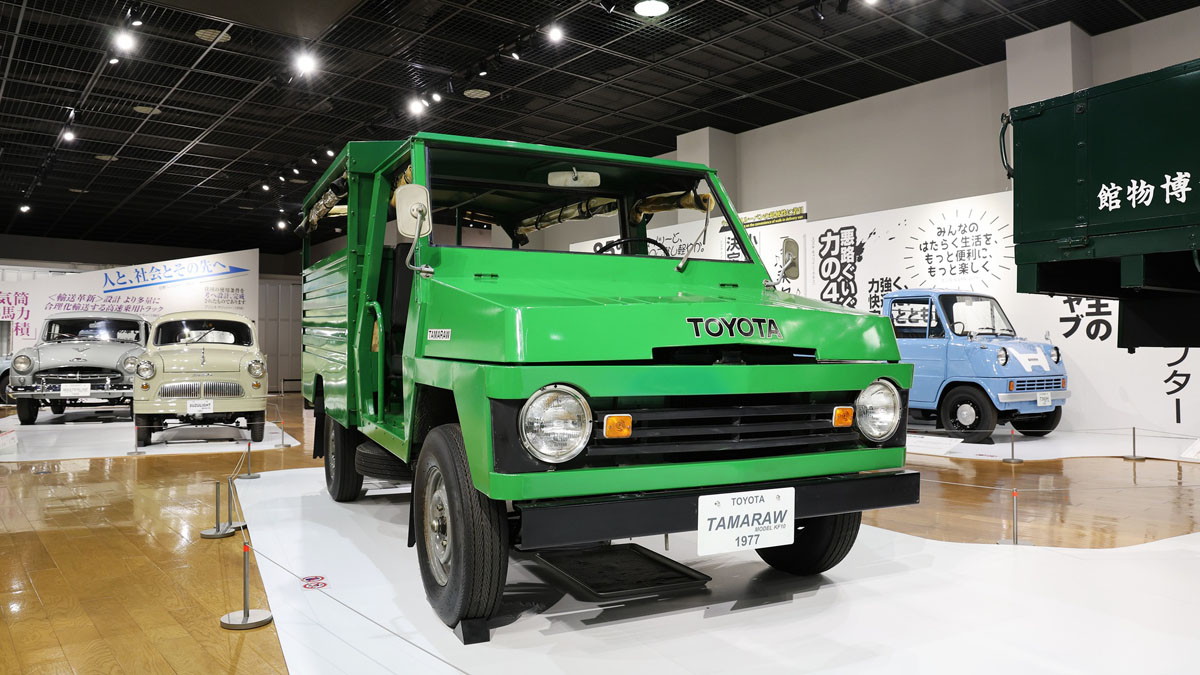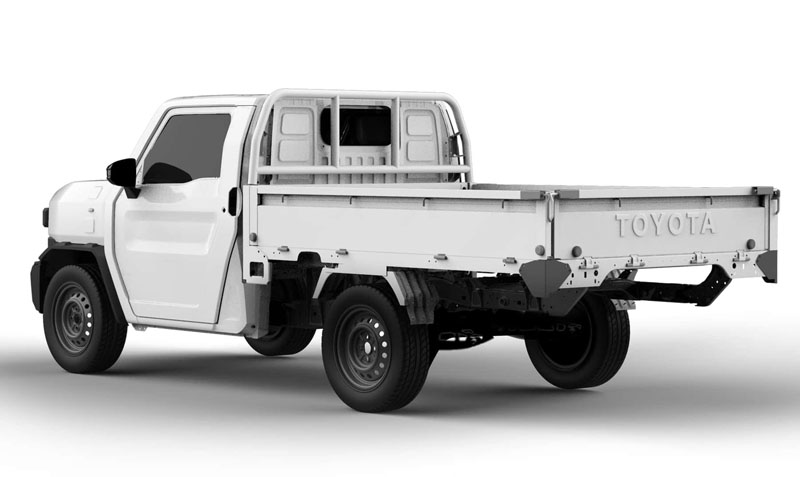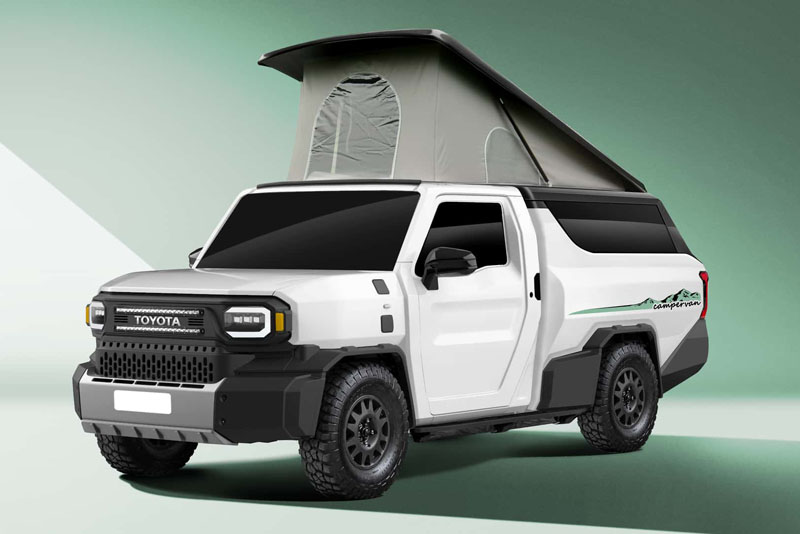Is the Toyota Tamaraw getting a retro remake?
Toyota Rangga concept hints of possibility
By Inigo Roces

Today’s modern family MPVs owe a great deal of thanks to the Toyota tamaraw of the 1970s and 80s. The original Tamaraw, (1977, codenamed KF10) was a dropside pickup conceived with the aim of developing motorization in Asia and Africa. The multipurpose vehicle was used as a jeepney, a microbus, as well as a capable light truck. The vehicle was named after the Tamaraw water buffalo indigenous to the Philippines and often favored by Filipino farmers to haul produce carts and help till the fields.

It's such a novel vehicle, it was even displayed at the Toyota Automobile Museum in Nagoya, Japan for a special exhibit on special mobility solutions as one of the vehicles that supported the development of industry in Japan and Asia from the post-war period.

Today’s Toyota Innova and Zenix, as well as their competitors, the Mitsubishi Xpander, Nissan Livina, and Suzuki Ertiga owe a lot to the Tamaraw for first creating and refining that niche. In fact, the segment has evolved so much that the original utilitarian purpose the Tamaraw was created to serve is hardly serviced today.

Indeed, there’s the Toyota Hilux and many of its competitors, but they too have moved up from the pickup and utilitarian segment to become lifestyle pickups. This has left only the cab & chassis models — usually made up of the cab and chassis of the previous model pickup or light truck — to serve this nonetheless vital market.

This segment may soon get a boon in the form of the upcoming Toyota Rangga. Unveiled at the recent 2023 Gaikindo Indonesia International Auto Show (GIIAS), the Rangga is a refinement of the original IMV-0 concept first shown at Toyota Motors Thailand Co. Ltd. (TMT)'s 60th anniversary event.

Some may remember that the Toyota Hilux, Fortuner, and Innova share a common platform called Innovative Multipurpose Vehicle (IMV) platform. IMV-0 is the latest iteration of the versatile ladder-frame chassis designed to be compatible with hybrid or even fully-electric powerplants. As such, there’s a very strong likelihood that if Toyota decides to turn this concept into a production vehicle, it could be the next Tamaraw. Best of all, Toyota has hinted in the past that it plans to revive the Tamaraw and possibly build it locally again. Is this the vehicle that was promised? One can help but wonder. After all, the resemblance to the original Tamaraw is also uncanny.